#tlingit
Text

Sturgeon
Corrine Hunt
228 notes
·
View notes
Text
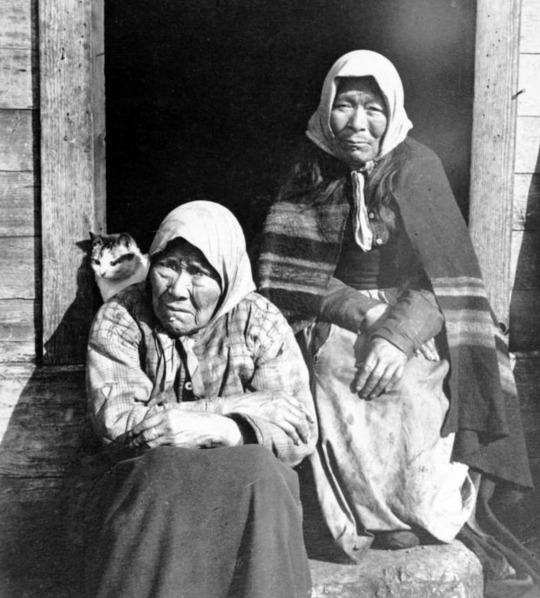
Tlingit women with a wee photobomber. Source.
672 notes
·
View notes
Text

Tlingit mask, Alaska, by maskedtraditions
#tlingit#alaska#america#north america#folk clothing#traditional clothing#traditional fashion#cultural clothing
182 notes
·
View notes
Text
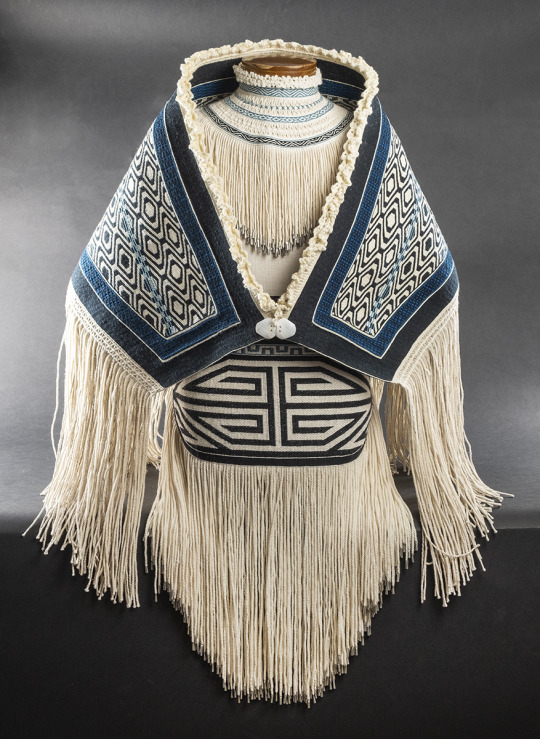
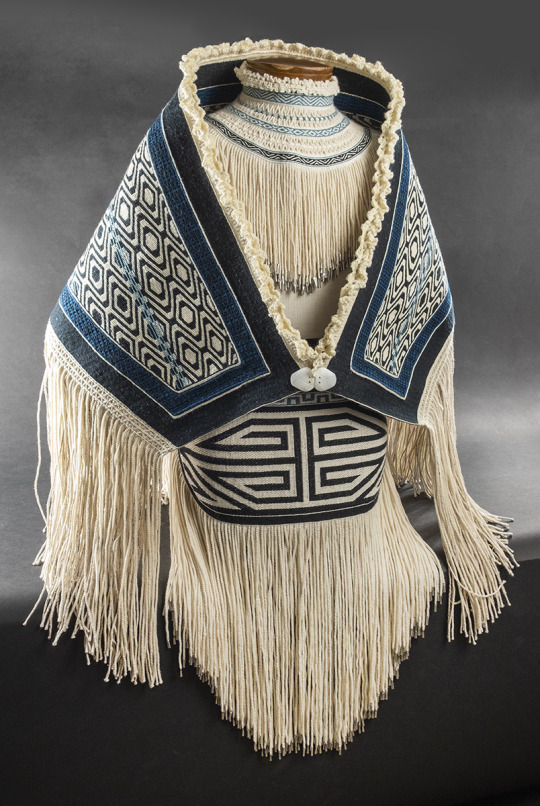
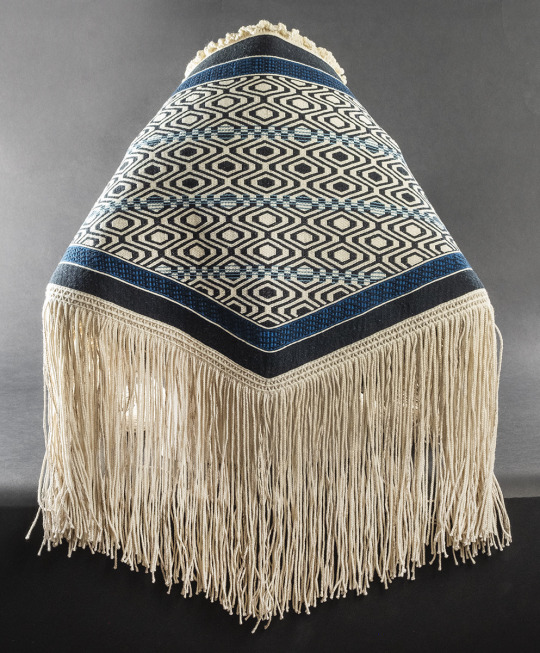
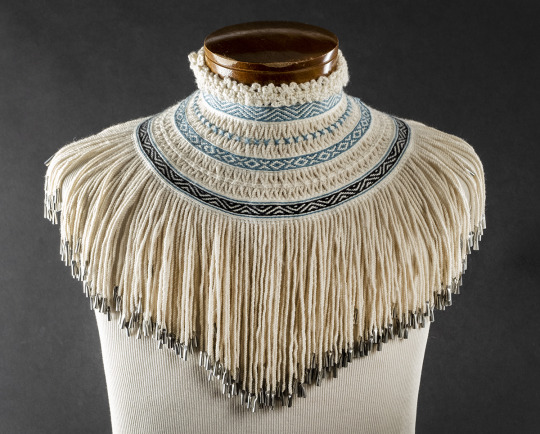
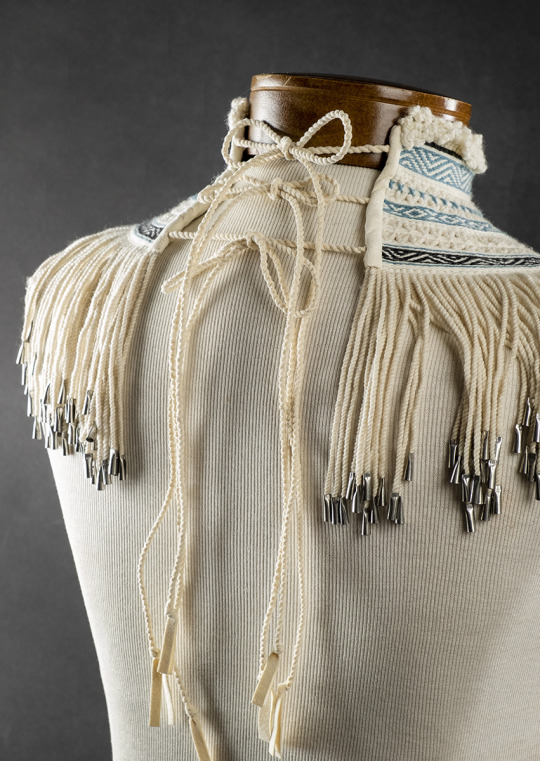




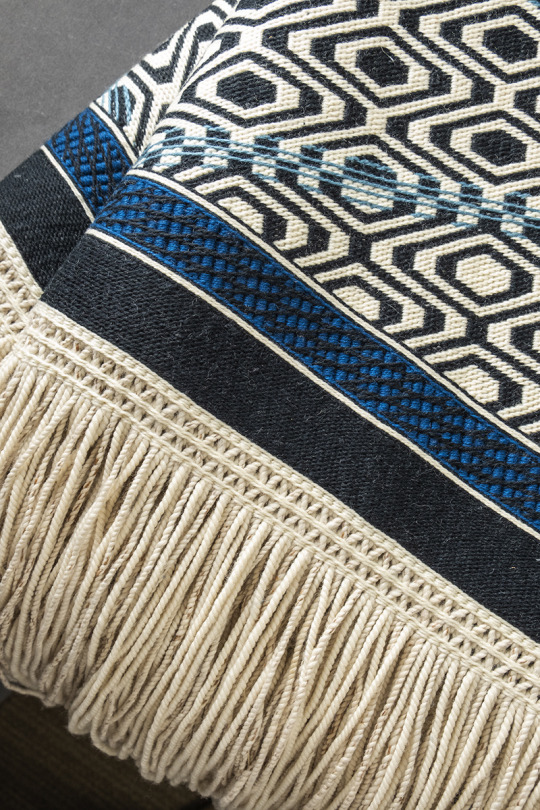
We Are The Ocean
Ursala Hudson (Tlingit/Filipino/German)
collar: merino wool, silk, steel cones, leather. ravenstail patterns, crochet, basketry twining technique. Woman as a Wave shawl: merino wool, silk, cedar bark. chilkat and ravenstail patterns, crochet, basketry twining technique. Tidal apron: merino wool, silk, leather, steel cones. chilkat and ravenstail patterns.
“We Are the Ocean is an ensemble comprised of a collar, apron (entitled Tidal), and shawl (entitled Woman as a Wave). The collar and bottom edge of the shawl are twined using a basketry technique to bring delicacy to the regalia, made specifically to emphasize the wearer’s feminine essence. In place of the sea otter fur that traditionally lines the top of Chilkat and Ravenstail weavings, the merino weft yarns were used to crochet the collar and shawl’s neck lines, bringing forward and incorporating a European craft practiced by both my maternal (Tlingit/Filipino) and paternal (German) grandmothers. The high neck of the collar gives tribute to the Western aesthetics that have forever influenced the Indigenous cultures of our lands; with grace, we embrace that which cannot be undone, and use our new form to be better. The apron’s pattern was studied and graphed from an old Tlingit cedar bark basket, and represents the tides of our lives, as our lessons continue to arise in a revolving cycle, yet made of new debris. The repetitive pattern of the shawl represents the infinite connectedness of our sisters, mothers, aunties, and daughters. Blue lines break up inverted rows, representing the “past,” “present,” and “future,” acknowledging these concepts as irrelevant constructs that fall away when we commune with the Divine. The entire ensemble is worn to evoke the innate spirit of the Woman as an ethereal deity, that resides within us all.”
#textiles#regalia#fiber art#weaving#ursala hudson#tlingit#filipino#indigenous art#native art#first nations art#ndn art
192 notes
·
View notes
Text

Amulet
Tlingit, Native American, ca. 1840–70
The peoples of the Pacific Northwest share a shamanistic worldview. Shamans employ techniques such as fasting and dancing to enter altered states of consciousness, in which they have visions that guide them in healing or advising the community. They wear protective or spiritually charged pendants, such as this example, and sometimes give them to patients as powerful medicines. Here, we see two animal forms that may have been ancestral emblems of a particular shaman: a graceful diving whale and a raptor with outstretched wings. The color-shifting nature of the abalone shell reinforces the transformational composite beings that empowered the healer and the patient.
52 notes
·
View notes
Note
i must admit i know nothing of welsh history or language. im reclaiming learning the irish language bc i know the history of it and bc i think it's essential to protect native languages of various places. but as someone who doesn't know welsh history, i see "its not like welsh people were beaten for speaking it" and i recoil in a sense of distaste. because while i may not know the history, i very much doubt no one ever in the world has been beaten for speaking welsh, that's a pretty huge assumption to make even if a language isn't being legally oppressed (assuming thats what op really meant). but also, i just loathe the idea that only minority languages are worth saving or caring about if they're being beaten out of people. genocide happens in many ways and only some of them are actually active violence/assault, most are subversive, and purposefully so
idk if i should even be speaking on this bc i dont know the history of welsh but i feel like you literally dont need to know the history behind it to see something very wrong with "speakers of a minority language should shut up if they're not actively being killed for it"
Sorry I took so long in getting to this ask (post anon is referring to) but yeah- that post was gobsmacking to me as a Welsh speaker. I've studied language loss and revitalisation and I can name several endangered languages in which children (and adults) were beaten and abused for speaking their native tongue. For example, we covered the Tlingit language in Alaska (one of the few North American languages I've studied) which is subject to a revival- some Tlingit wanted to learn the language, while others (usually older people) had an aversion to the language. One man said that whenever he speaks Tlingit he can taste soap because he was punished as a boy for speaking Tlingit by having a bar of soap put in his mouth. Language loss via abuse is real and prevalent in many, many endangered languages. The audacity to assume Welsh is somehow immune to that was astounding.
But even if Welsh *was* immune to that somehow (it wasn't) you're right in that we should care about the decline of a language even if it doesn't involve overt suppression. More surreptitious kinds of linguistic genocide lie within the state apparatus. For example, when Wales was merged into the Kingdom of England (see: the Laws in Wales Acts 1535 and 1542) the language of the legal system in Wales was changed to English-only, depriving monolingual Welsh speakers (Welsh was spoken in pretty much every part of Wales at this point) of legal services. This meant that Welsh speakers were effectively pressured indirectly to learn English in order to have a chance at any legal services in court. Over time, the privileging of English over Welsh created a pressure to abandon Welsh in favour of English, because there were 'more opportunities' in English than in Welsh.
Similarly, the true Treachery of the Blue Books wasn't that the British Government in 1847 had ordered a review into Welsh schools and found that too many people were speaking Welsh- but that Welsh-speaking parents began to forbid their children from learning Welsh and supported the findings of the inquiry because they too had felt that pressure of English-language supremacy. Believing that there's more opportunities in English than in Welsh. It's an unfortunate legacy and attitude which still persists today- and none of the Commissioners of the Blue Book Inquiry shed any blood in doing so. But the impact was nonetheless dire. It's also a self-creating cycle: There are no opportunities in Welsh -> People learn English instead of Welsh for opportunities -> There's fewer Welsh speakers to create more opportunities in Welsh ->There are no opportunities in Welsh.
But yeah, I have no idea what the OP of that other post was thinking but it was offensively ignorant in any case. I'm glad though that Welsh's struggles are seen by others at least, in this day and age.
#cymraeg#welsh#ask#gofyn#cwesitiwm#genocide cw#language revitalization#language loss#tlingit#abuse cw#cultural genocide#cwestiwn
97 notes
·
View notes
Text
Not long before Kaylyn Baker was named the winner of the 2023 Yukon Prize for Visual Arts, the Whitehorse-based artist was sitting in the Yukon Arts Centre parking lot, blasting her car stereo as loud as it would go.
Her song of choice: More Than Love by Trevor Hall. "I was just letting the music pump through me," says Baker, 34. In that moment, she needed something that would completely shake up her headspace — a song that would carry her into the auditorium with confidence.
"I felt really, really nervous," says Baker, thinking back to that night in September. She couldn't believe that she'd made it this far.
Boasting a purse of $20,000, the Yukon Prize celebrates the top artists in the territory, a region of Canada with a superlative number of creatives per capita. It's still a relatively new competition; the prize, which is awarded every other year, named its first winner in 2021 (Joseph Tisiga), and it aims to support artists from the region while connecting the Yukon arts community with the art world beyond its borders.
According to the organizers, 64 artists applied for the 2023 competition, and from that pool, Baker was selected by the jury for the finals, joining fellow shortlisters Jeffrey Langille, Rebekah Miller, Cole Pauls, Omar Reyna and Alainnah Whachell. [...]
Continue Reading.
Tagging: @politicsofcanada
52 notes
·
View notes
Text
For #InternationalBeaverDay here are two wooden beaver effigies spotted at the Smithsonian National Museum of the American Indian:

object name: beaver figure
culture: Kwakwaka’wakw (Kwakiutl)
place of origin: British Columbia
date: c. 1900
materials: wood, paint
dimensions: 16.5 cm. I.; 15 w.; 28 h.
NMAI catalogue # 21/1355

object name: beaver bowl
culture: Tlingit
place of origin: Klukwan, Alaska
date: c. 1850
materials: wood
dimensions: 33 cm. I.; 16 w.; 13 h.
NMAI catalogue # 23/8417
#International Beaver Day#animal holiday#beaver#rodents#Native American art#First Nations art#Indigenous art#19th century art#20th century art#effigy#figure#bowl#sculpture#woodwork#carving#Tlingit#Kwakwaka’wakw#Kwakiutl#British Columbia#Alaska#Smithsonian National Museum of the American Indian#museum visit#animals in art
88 notes
·
View notes
Photo
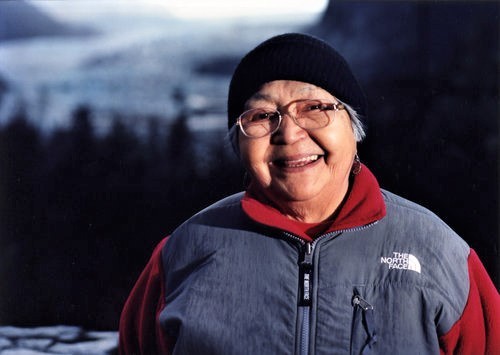
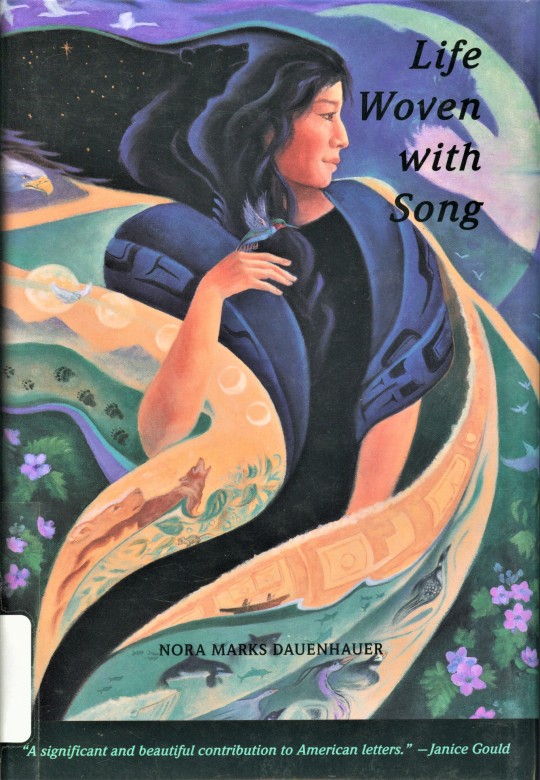



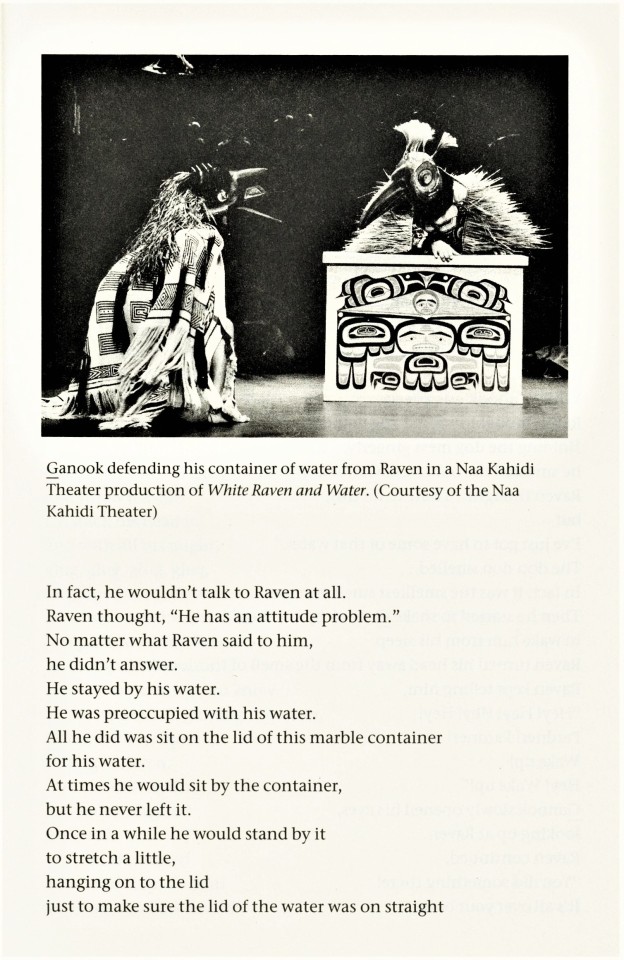

Native American/First Nations Woman Writer of the Week
NORA MARKS DAUENHAUER
Continuing on our trek through what remains of March, I offer you another Indigenous woman writer, Nora Marks Keixwnéi Dauenhauer (1927-2017), a Tlingit writer from Juneau, Alaska. Born in Juneau, Dauenhauer grew up there as well as in Hoonah, Alaska with a father who was a fisherman and carver, and a mother who was a beader. Dauenhauer lived at times with her parents on a fishing boat and in seasonal camps. Being a member of the Tlingit tribe, her first language was Łingít, and she did not learn English until she was eight.
Following her mother in the Tlingit matrilineal system, she was a member of the Raven moiety of the Tlingit nation, of the Yakutat Lukaax̱.ádi (Sockeye Salmon) clan, of the Shaka Hít or Canoe Prow House, from Alsek River. She was chosen as clan co-leader of Lukaax̱.ádi (Sockeye Salmon) in 1986 and as trustee of the Raven House and other clan property. She was then given the title Naa Tláa (Clan Mother) in 2010, becoming the ceremonial leader of the clan.
Dauenhauer earned a BA in anthropology from Alaska Methodist University in Anchorage. In the early 1970s, she married poet and Tlingit scholar Richard Dauenhauer and together they made significant contributions to preserve the Tlingit oral traditions in their Classics of Tlingit Oral Literature book series. Nora Dauenhauer became a Tlingit language researcher for the Native Language Center at the University of Alaska, Fairbanks from 1972-1973, and then became the principal researcher in language and cultural studies at the Sealaska Heritage Foundation in Juneau from 1983-1997.
On the subject of preserving the Tlingit oral tradition and its importance, Dauenhaur said:
People are now beginning to take action for language and cultural survival, and my work is to help provide inspiration and tools for this through my writing.
Dauenhauer had several accomplishments, including being named the 1980 Humanist of the Year by the Alaska Humanities Forum. Together, the Dauenhauers were awarded the Alaska Governor’s Award for the Arts, two American Book Awards, and a Before Columbus Foundation American Book Award. In 2005, Nora Dauenhauer was the recipient of the Community Spirit Award from the First People’s Fund.
As a poet, Nora Dauenhauer published two collections, one of which we hold in Special Collections, Life Woven With Song, published by the University of Arizona Press in 2000 (the other is The Droning Shaman, Black Current Press, 1989). This book recreates the oral tradition of the Tlingit people through written language in a variety of literary forms, and records memories of Dauenhauer’s heritage from old relatives and Tlingit elders, to trolling for salmon and preparing food in the dryfish camps and making a living by working in canneries.
Author Photo is by Hulleah Tsinhnahjinnie
See other writers we have featured in Native American/First Nations Woman Writer of the Week.
View other posts from our Native American Literature Collection.
-- Elizabeth V., Special Collections Undergraduate Writing Intern
#Native American/First Nations Woman Writer of the Week#women's history month#Native Americans#Native American writers#Native American women writers#Nora Marks Dauenhauer#Richard Dauenhauer#Tlingit#Life Woven With Song#University of Arizona Press#Alaskan writers#poets#poetry#Elizabeth V.#Native American Literature Collection
136 notes
·
View notes
Text

Siqiññaatchiaq 😌 the February draft that wanted me to finish it randomly today
My first hand study, tips and advice always appreciated!
#into the night country#kali reis#true detective into the night country#true detective#true detective season 4#hands#illustration#procreate#my doodles#my art#art#digital illustration#Spotify#inupiaq#alaska#tlingit
15 notes
·
View notes
Text

Gunakadeit
Robert Mills
from the website:
Gunakadeit is a mythological supernatural being, a sea monster, who they say brought wealth. The moment I heard the entire backstory from my mentor and legendary Master Artist Nathan Jackson, I was intrigued. The short version is somebody actually captured this sea monster. He skinned it out and placed the skin over himself. There was an orb in it that presented the man with a caveat - he would be granted the privilege of being the supernatural being if he promised to be back by sunrise the following day. The man agrees and transforms into the sea monster. He spends his day by doing good and serving his people, delivering to them food and wealth from the ocean. Gunakadeit starts falling in love with the praises bestowed upon him from the people. He doesn’t want to leave the prominent position he is in. This eventually leads to his demise, as he does not fulfill his promise.
This design speaks to that side of human nature that is the battle of our intentions. It is meant to remind us to be mindful of what motivates us. Is it to genuinely help people or is it driven by the lure of praise and adoration?
by Robert Mills
This design was featured in Smithsonian Magazine. The full story can be found here:
172 notes
·
View notes
Text

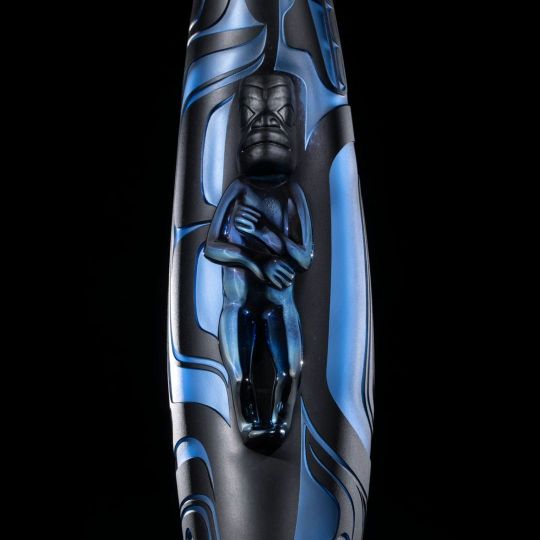

Preston Singletary @prestonsingletaryglass
Connecting the Cosmos, blown and sand carved glass, 26.5" × 4.5" × 12" 📷 Russell Johnson
"Plan your visit to see the 'Preston Singletary: Tlingit Modernism' exhibit opening at the @douglasreynoldsgallery in Vancouver. BC. on October 21st, and on view until November 18th, 2023."
"Get a sneak peek and view the exhibition catalog."
#preston singletary#indigenous#indigenous art#tlingit#tlingit modernism#glass#blown glass#sand carved glass#glass art
29 notes
·
View notes
Text
My friend is a saint and found this for me after I mentioned wanting her So Bad for cultural reasons. I think I'm gonna cry, she looks just like me.
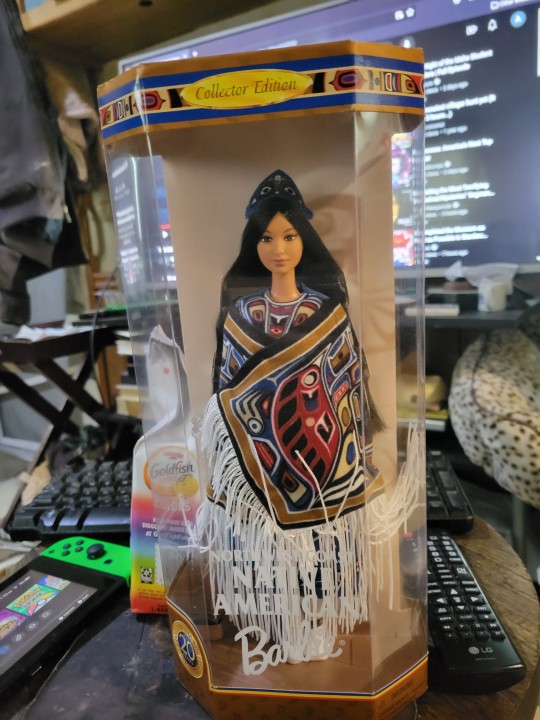



Don't let people tell you that representation doesn't matter. Baby me would have been Ecstatic, and I still am over 20 years later.
24 notes
·
View notes
Text
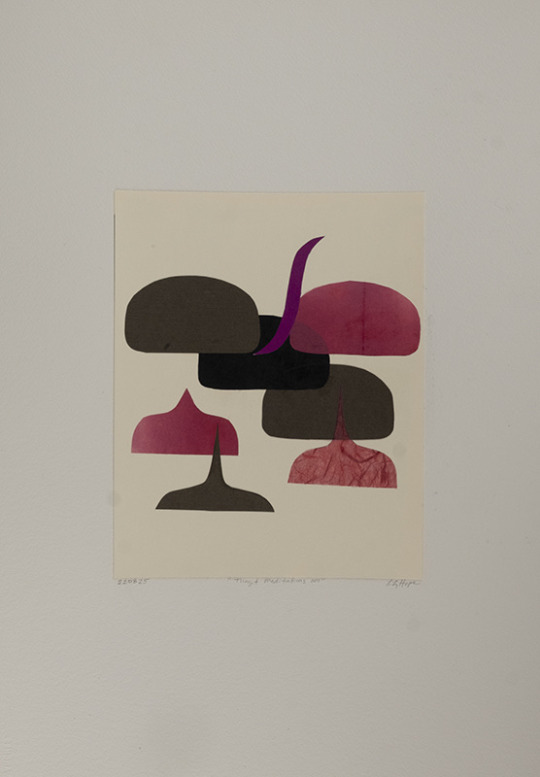




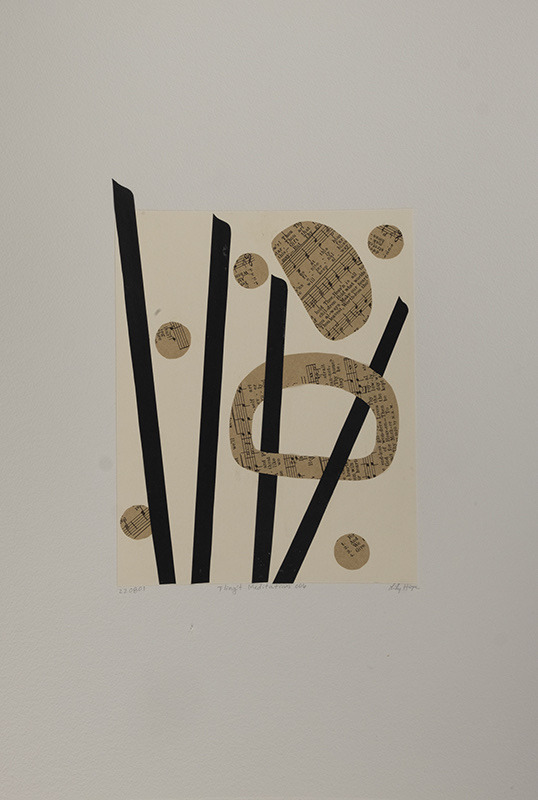

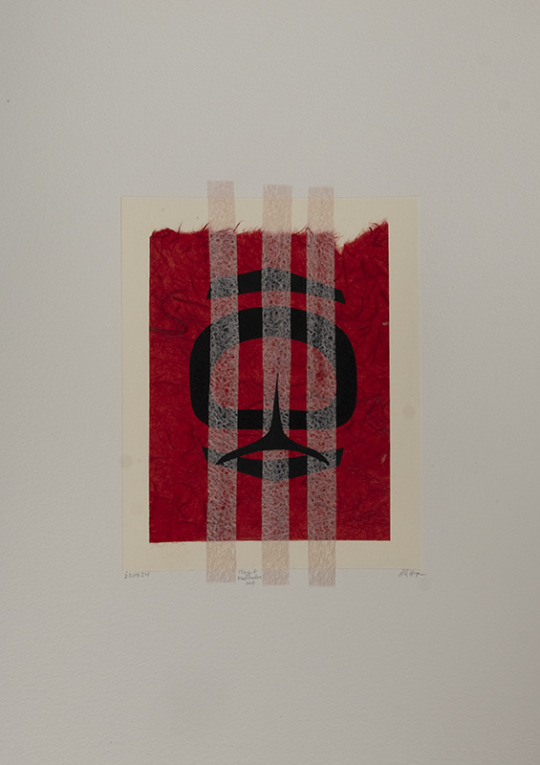
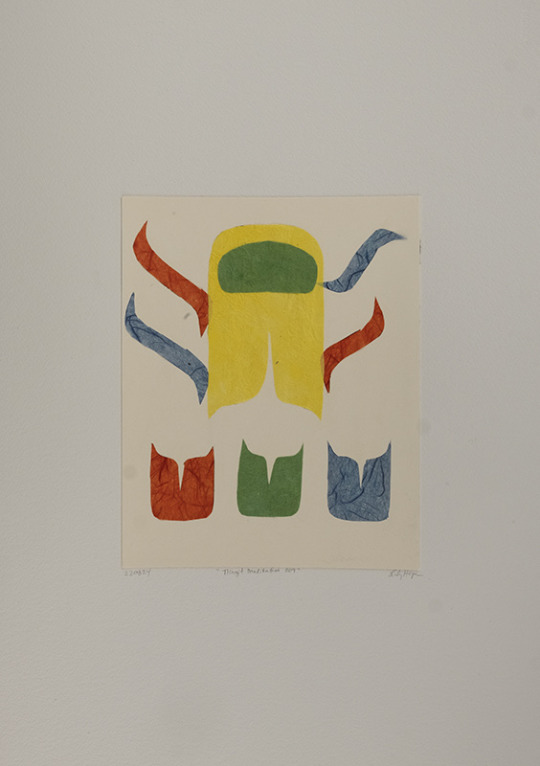
Tlingit Meditations 001-009
Lily Hope (Tlingit)
collage
89 notes
·
View notes
Text
im confused about things like fans of K-Pop who only speak english & dont really understand what their listening to w/out english translation in front of them-
I get it now lol this shit catchy & i understand like less than Jinkaat words lol (subtitles recommend)
Update: his name on youtube is Air Jay listen to him now 🔫
youtube
youtube
youtube
Ixsixán (i love you), Gunalchéesh (thank you), Eeshàan (I FINNALY KNOW HOW TO FUCKING SPELL IT DEAR FUCKING GOD, it basically means "oh you poor thing"), Jinkaat (Ten), Yéil (Raven), Ch'aak (Eagle)
#Tlingit#Lingit#Łingit#alaska native#native pride#native american#youtube video#youtube#ndn tag#ndn#native#indigineous people#indigenous#ndn tumblr#indigenous peoples#indigenous people#indigenous art#native music#Alaska native music#Tlingit language#Tlingit music#southeast alaska#alaska#music video#music recs#songs#music#tunes#rap#rap music
6 notes
·
View notes
Text
Experts continue to unravel the mystery of petroglyphs in the area of highest concentrations of intricate rock carvings in North America, Wrangell beach. These ancient carvings are testimony to the vast cultural development of this natural region which still has much to be discovered.
30 notes
·
View notes